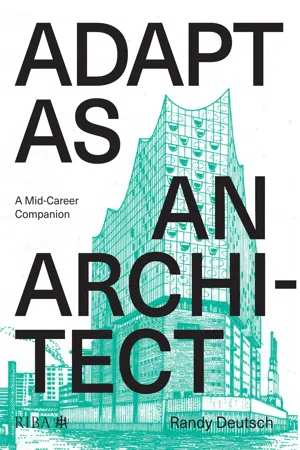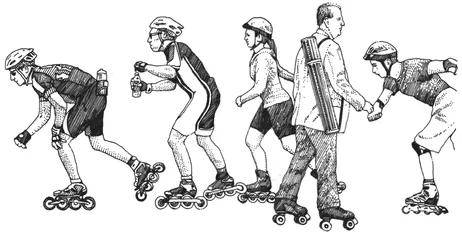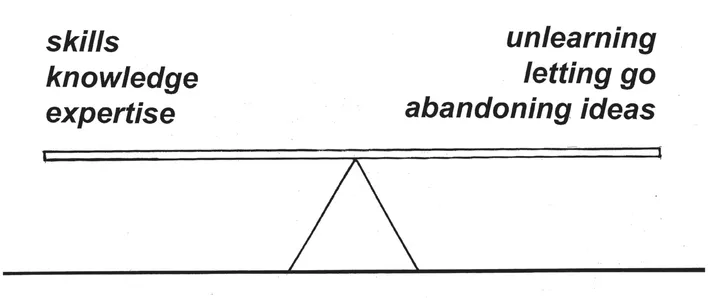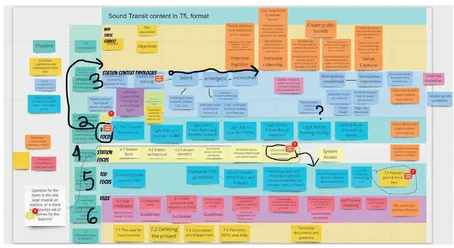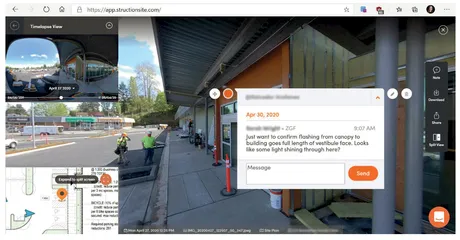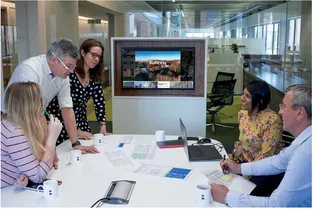In our profession becoming relevant or being relevant means bringing some unique skill or knowledge to your position that few others have. Maybe it’s a strong interest in sustainability, technical knowledge, marketing, management – whatever your interest may be. If you want to be valued, you have to stand out.
– David Swain
There is an order to this: first, we strive to become relevant, then once relevant, we strive to remain so. To begin, how do we know that we are relevant? Or rather, how do we know if our work is vital to others? What evidence is there? By the number of people who follow us on social media, or who retweet, like or comment on our posts? Or that we are given a regular increase in salary by our employer? Does that prove our relevance?
Being relevant isn’t a one-time thing, but something you must continually renew. Belonging to a currently unpopular gender (male), race (white), class (upper), age group (middle aged) or demographic (#OKBoomer) can contribute to feeling relevant or irrelevant. To be relevant means to matter more to more people. When what I have to offer has real-life applications, then what I know, teach and share has relevance. To be relevant requires you to be of – or even a little ahead of – your time, living in the moment and up to date, offering insights and knowledge that are applicable and useful to others. To stay relevant requires you to shift from where you are today and adapt to where you need to be – the ever-changing world around you. To be relevant means you are in tune with the times; to be irrelevant is to be tone deaf. To stay relevant, you must transform yourself, and keep on top of the latest technology and work processes. Relevance suggests a moving target: you are never relevant forever. Relevant and done is not a thing.
Justin Martinkovic believes that architects are already relevant. ‘However, most architects, myself included, sense our relevance has declined, and that our talents and capabilities are not as valued and fully utilised as in the past,’ says Martinkovic. ‘We view the archetype of the architect as the venerated master builder, yet when we observe our context today, we may feel our profession is marginalised and our work product undervalued. But we, ourselves, hold the key to becoming more relevant.’
‘First this means solving the client’s problems extraordinarily well, and when possible, creatively adding value along the way,’ Martinkovic continues. ‘We must communicate well, understand the clients’ needs and not put our own interests above those of the client. We must be a true partner to the client, a trusted adviser. To be sure, this relationship works both ways. If a client does not have our best interests at heart the way we have their best interests at heart, we must disengage with that client. Easier said than done, I know, but to work at our best in the owner–architect construct, a constructive working environment is important. We must make buildings and environments for the end users that are always functional and rational, while continuing to find ways to inject our designs with meaning, metaphor and delight. It is in our blood as architects to make our work even more impactful than it was asked to be, but it must always amplify – and must never be at the expense of – the client’s goals, the experience of the end user or the greater good. Second, we must realise that we possess a unique talent that fuses art and science, and we utilise a powerful design process through which we perceptively uncover problems and cleverly solve them. We apply these talents and tools to the design of buildings and environments every day, but usually within the confines of the traditional owner–architect construct. If we as architects feel irrelevant, if we feel marginalised or constrained, we should look outside of the owner–architect construct and expand the limits of what it means to be an architect.’
‘This is the path of the visionary, the creator, the innovator, the inventor,’ continues Martinkovic. ‘Rather than outside for meaningful work, we look inside and ask “What is that fire burning inside me? What do I want to contribute to the world? What is my song to sing?” We then find ways to apply our creativity, design thinking, pragmatism and artistry to addressing the challenges that inspire, energise and motivate us. This approach holds the promise to address the problems of today and tomorrow, and to contribute our talents to improving society at large.’
This path is very difficult, admits Martinkovic. ‘Outside of the owner–architect construct, who is going to pay us? Does the project require funding? How am I going to enlist help? That is where the entrepreneur mindset can be applied.’ Tools such as the ability to think creatively and pragmatically as it pertains to buildings and environments, he adds, ‘can be applied to matters of business and organisation. If we as a profession can harness our greatest gifts and talents, if we are daring enough to expand our definition of what it means to be an architect, if we can apply our unique talents to solving significant problems, we can further contribute to the greater good, and relevance will no longer be an issue. In the act of so doing, we may find that fulfilment in our lives is greatly advanced.’
